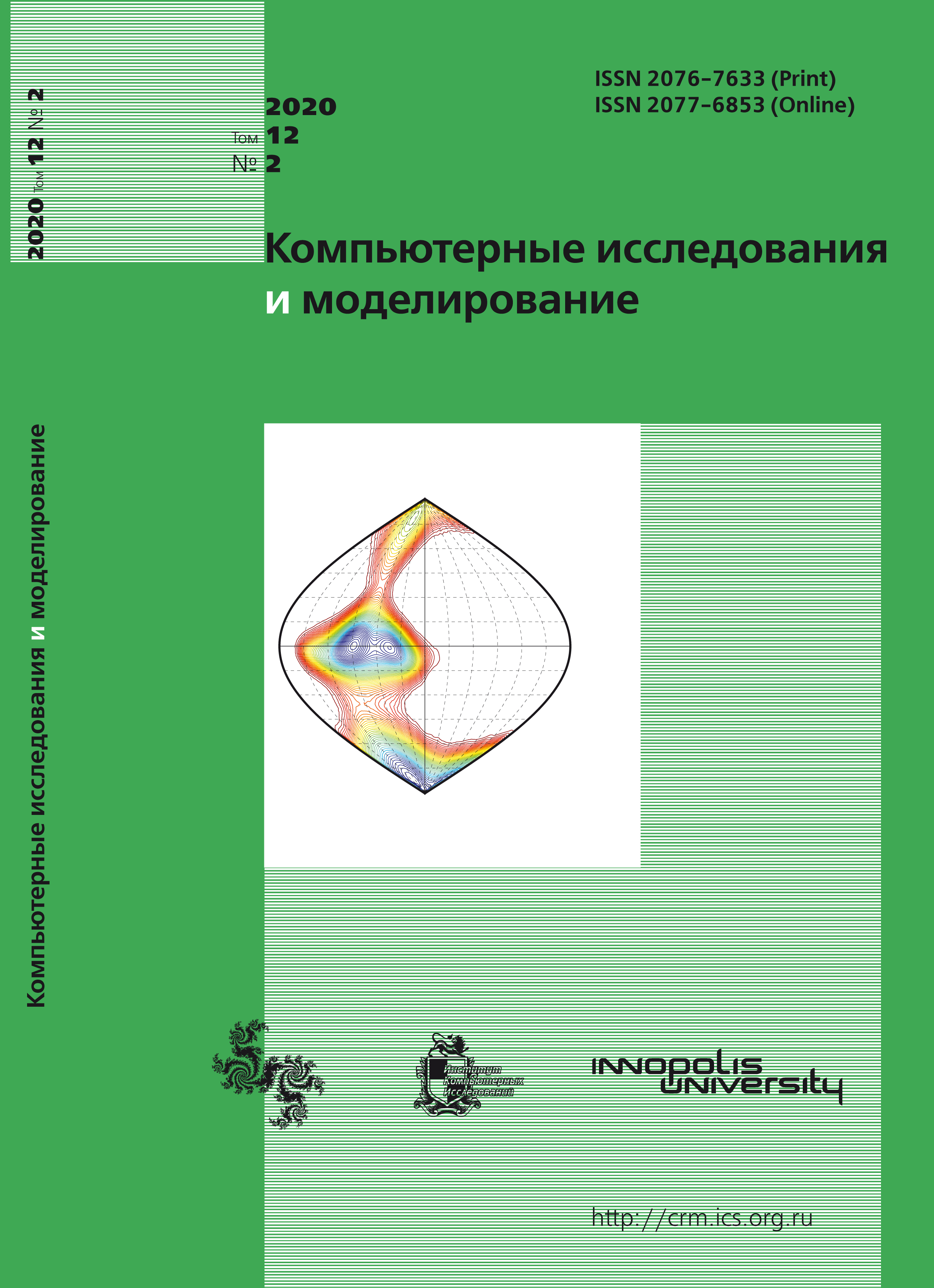All issues
- 2025 Vol. 17
- 2024 Vol. 16
- 2023 Vol. 15
- 2022 Vol. 14
- 2021 Vol. 13
- 2020 Vol. 12
- 2019 Vol. 11
- 2018 Vol. 10
- 2017 Vol. 9
- 2016 Vol. 8
- 2015 Vol. 7
- 2014 Vol. 6
- 2013 Vol. 5
- 2012 Vol. 4
- 2011 Vol. 3
- 2010 Vol. 2
- 2009 Vol. 1
Microtubule protofilament bending characterization
 pdf (21313K)
pdf (21313K)
This work is devoted to the analysis of conformational changes in tubulin dimers and tetramers, in particular, the assessment of the bending of microtubule protofilaments. Three recently exploited approaches for estimating the bend of tubulin protofilaments are reviewed: (1) measurement of the angle between the vector passing through the H7 helices in $\alpha$ and $\beta$ tubulin monomers in the straight structure and the same vector in the curved structure of tubulin; (2) measurement of the angle between the vector, connecting the centers of mass of the subunit and the associated GTP nucleotide, and the vector, connecting the centers of mass of the same nucleotide and the adjacent tubulin subunit; (3) measurement of the three rotation angles of the bent tubulin subunit relative to the straight subunit. Quantitative estimates of the angles calculated at the intra- and inter-dimer interfaces of tubulin in published crystal structures, calculated in accordance with the three metrics, are presented. Intra-dimer angles of tubulin in one structure, measured by the method (3), as well as measurements by this method of the intra-dimer angles in different structures, were more similar, which indicates a lower sensitivity of the method to local changes in tubulin conformation and characterizes the method as more robust. Measuring the angle of curvature between H7-helices (method 1) produces somewhat underestimated values of the curvature per dimer. Method (2), while at first glance generating the bending angle values, consistent the with estimates of curved protofilaments from cryoelectron microscopy, significantly overestimates the angles in the straight structures. For the structures of tubulin tetramers in complex with the stathmin protein, the bending angles calculated with all three metrics varied quite significantly for the first and second dimers (up to 20% or more), which indicates the sensitivity of all metrics to slight variations in the conformation of tubulin dimers within these complexes. A detailed description of the procedures for measuring the bending of tubulin protofilaments, as well as identifying the advantages and disadvantages of various metrics, will increase the reproducibility and clarity of the analysis of tubulin structures in the future, as well as it will hopefully make it easier to compare the results obtained by various scientific groups.
Copyright © 2020 Kovalenko I.B., Dreval V.D., Fedorov V.A., Kholina E.G., Gudimchuk N.B.
Indexed in Scopus
Full-text version of the journal is also available on the web site of the scientific electronic library eLIBRARY.RU
The journal is included in the Russian Science Citation Index
The journal is included in the RSCI
International Interdisciplinary Conference "Mathematics. Computing. Education"






